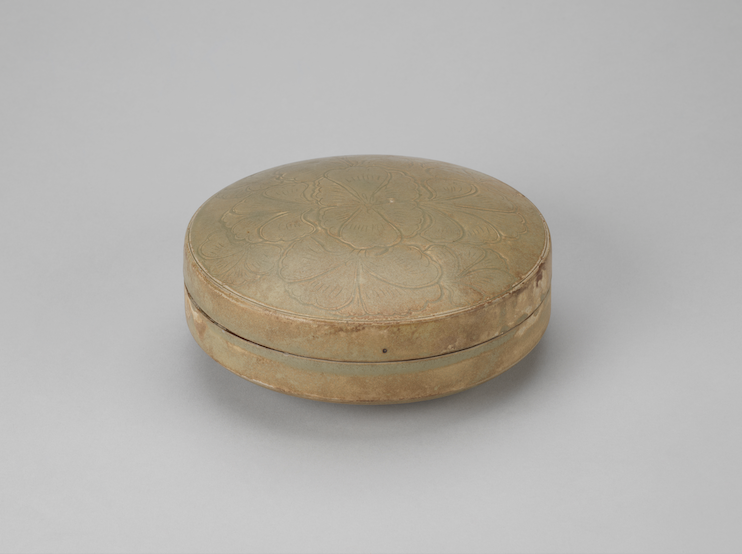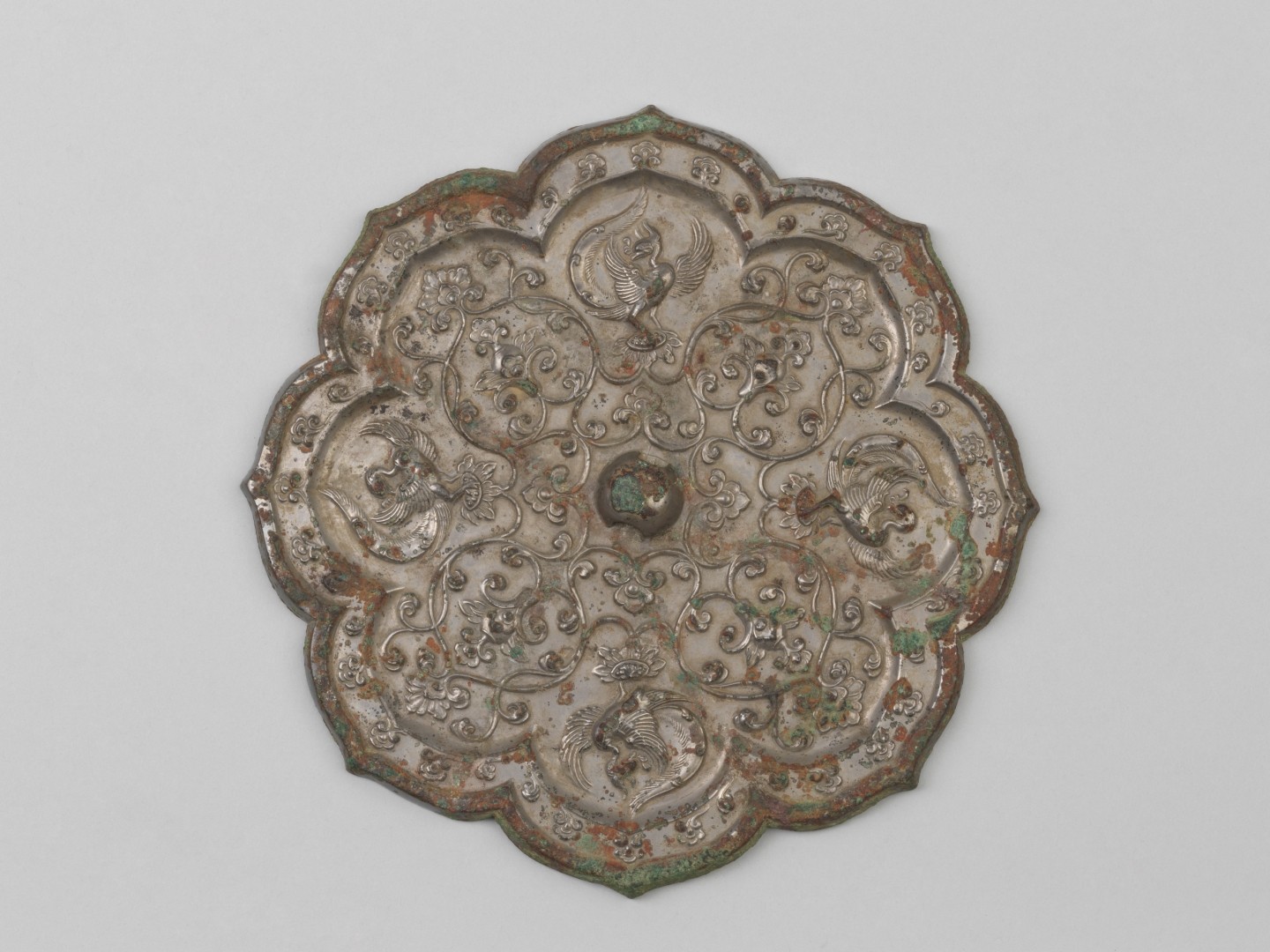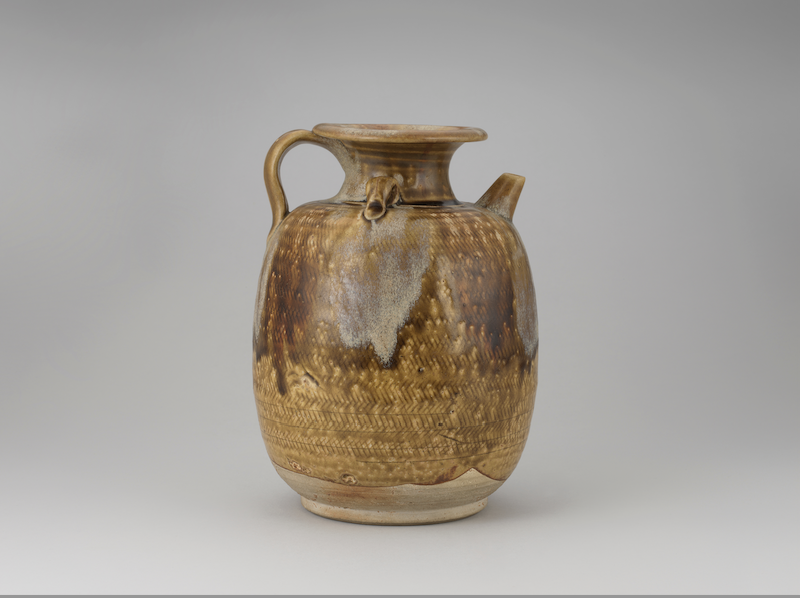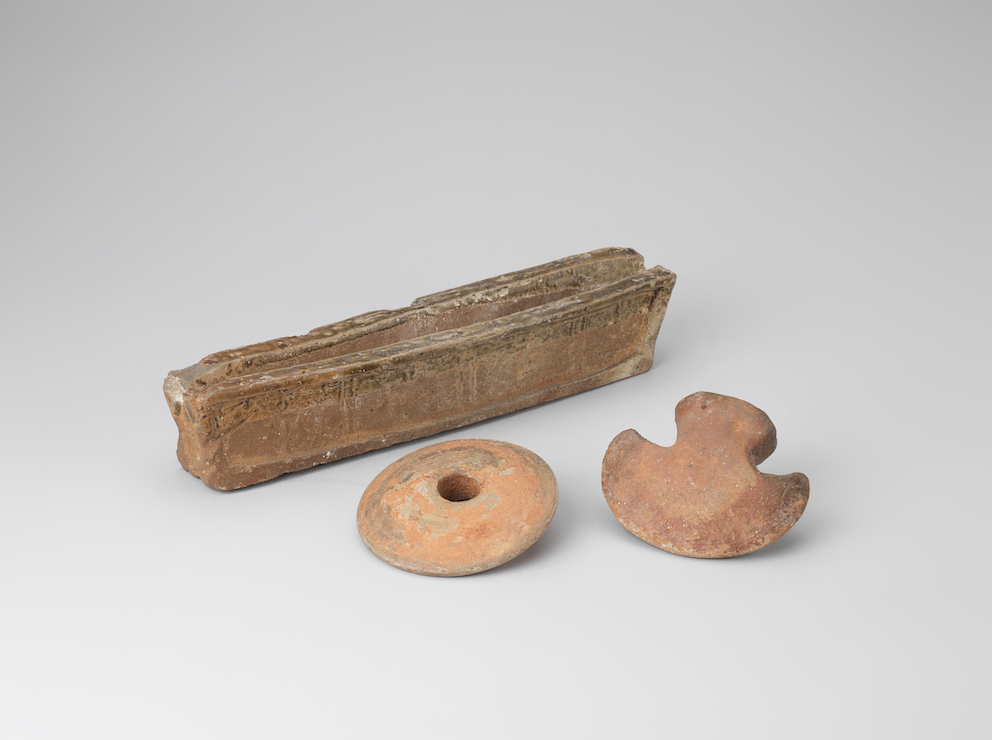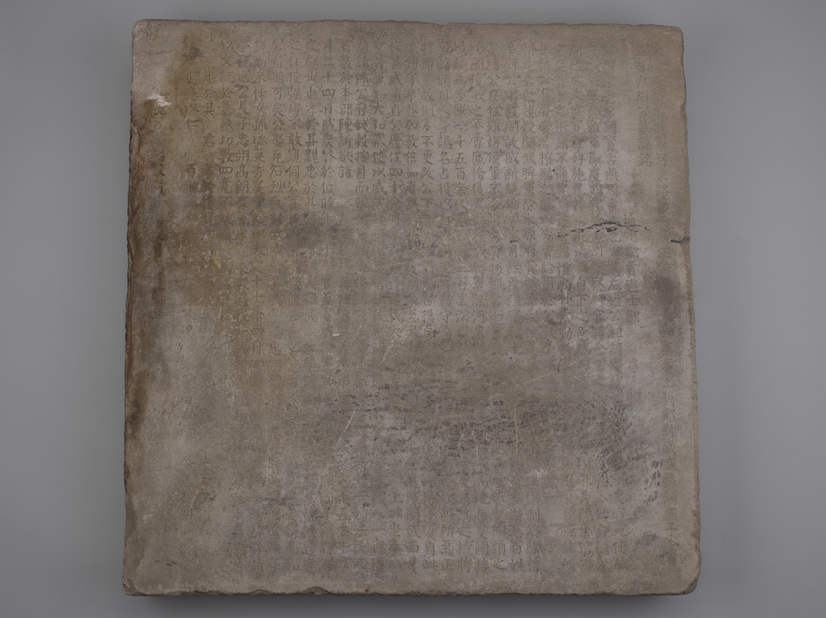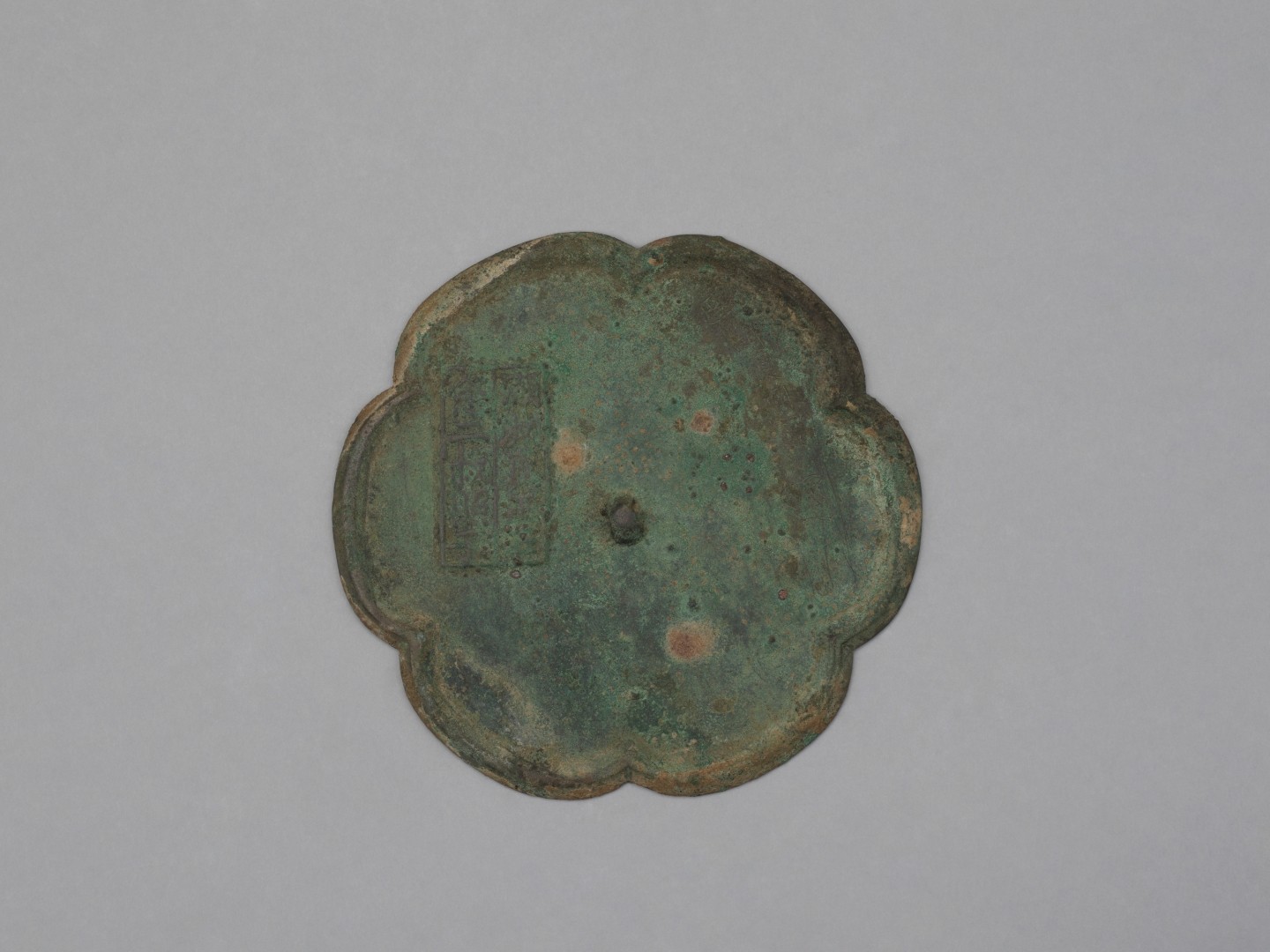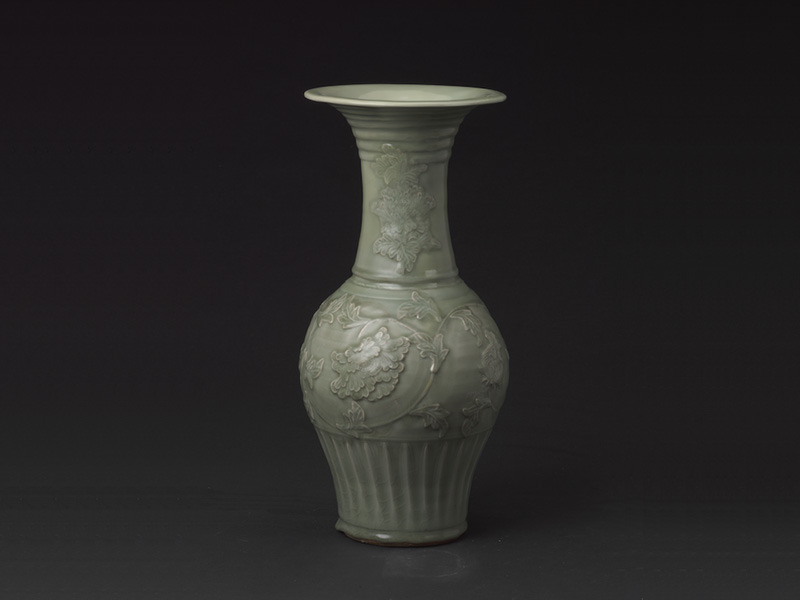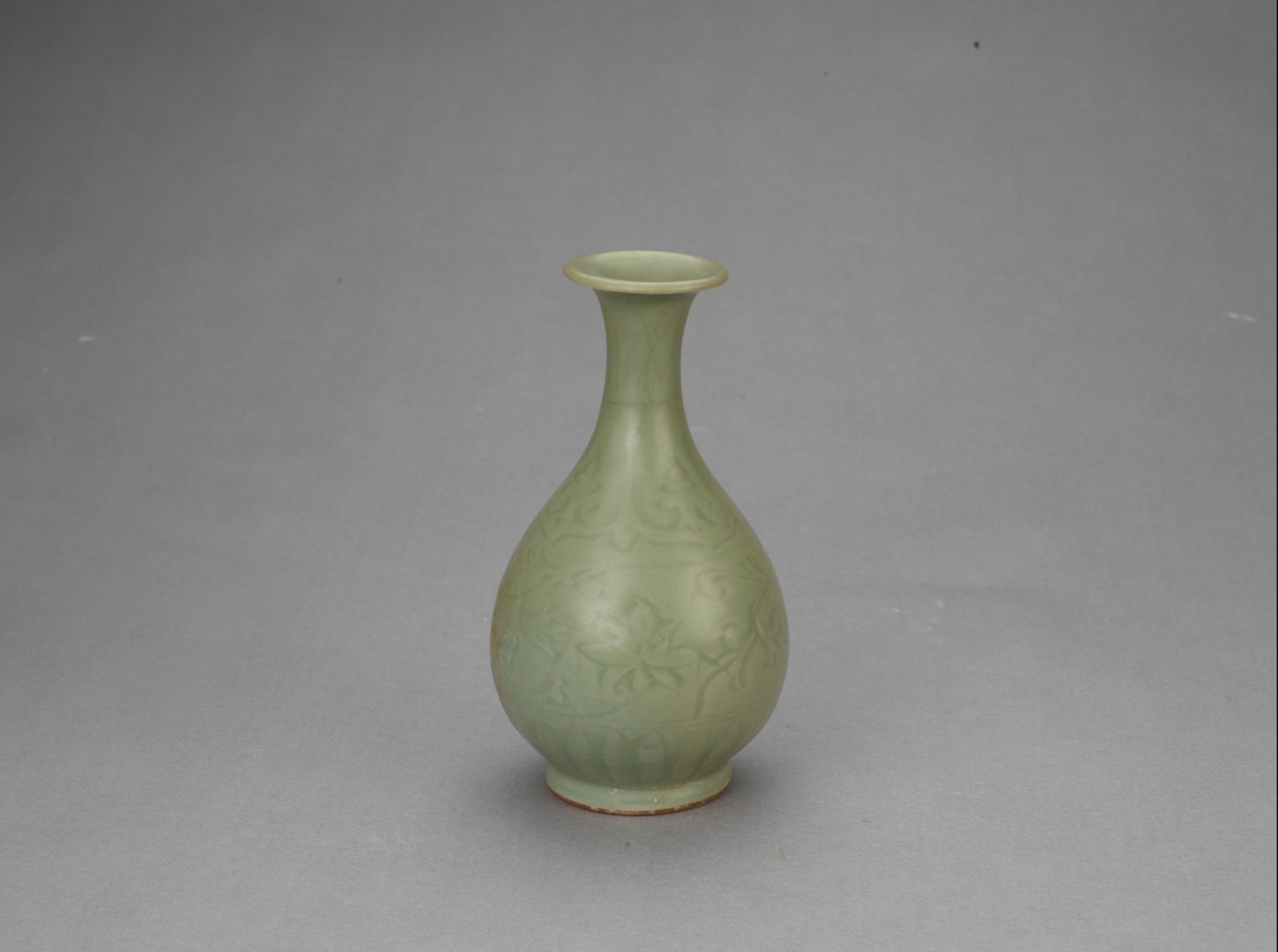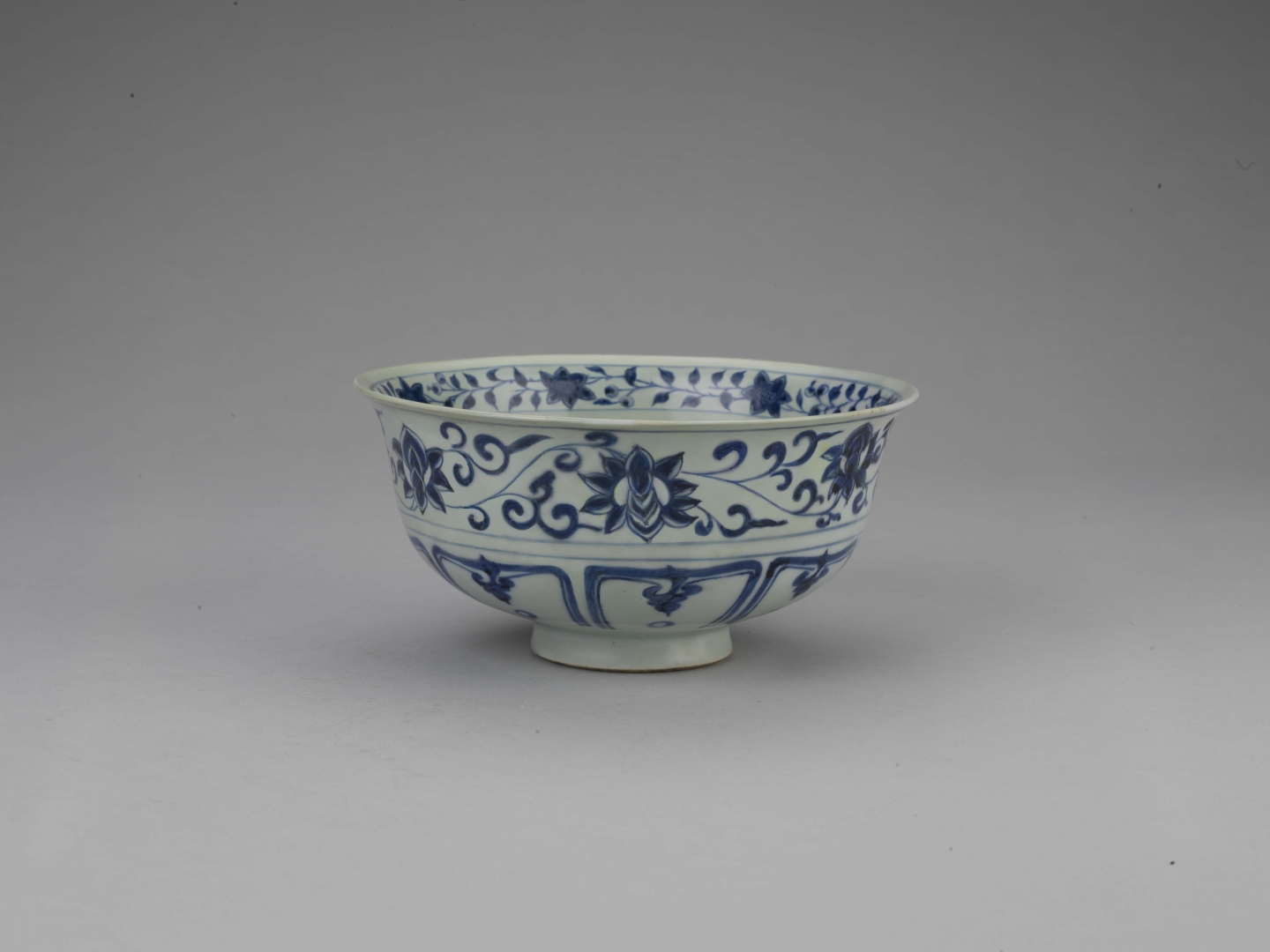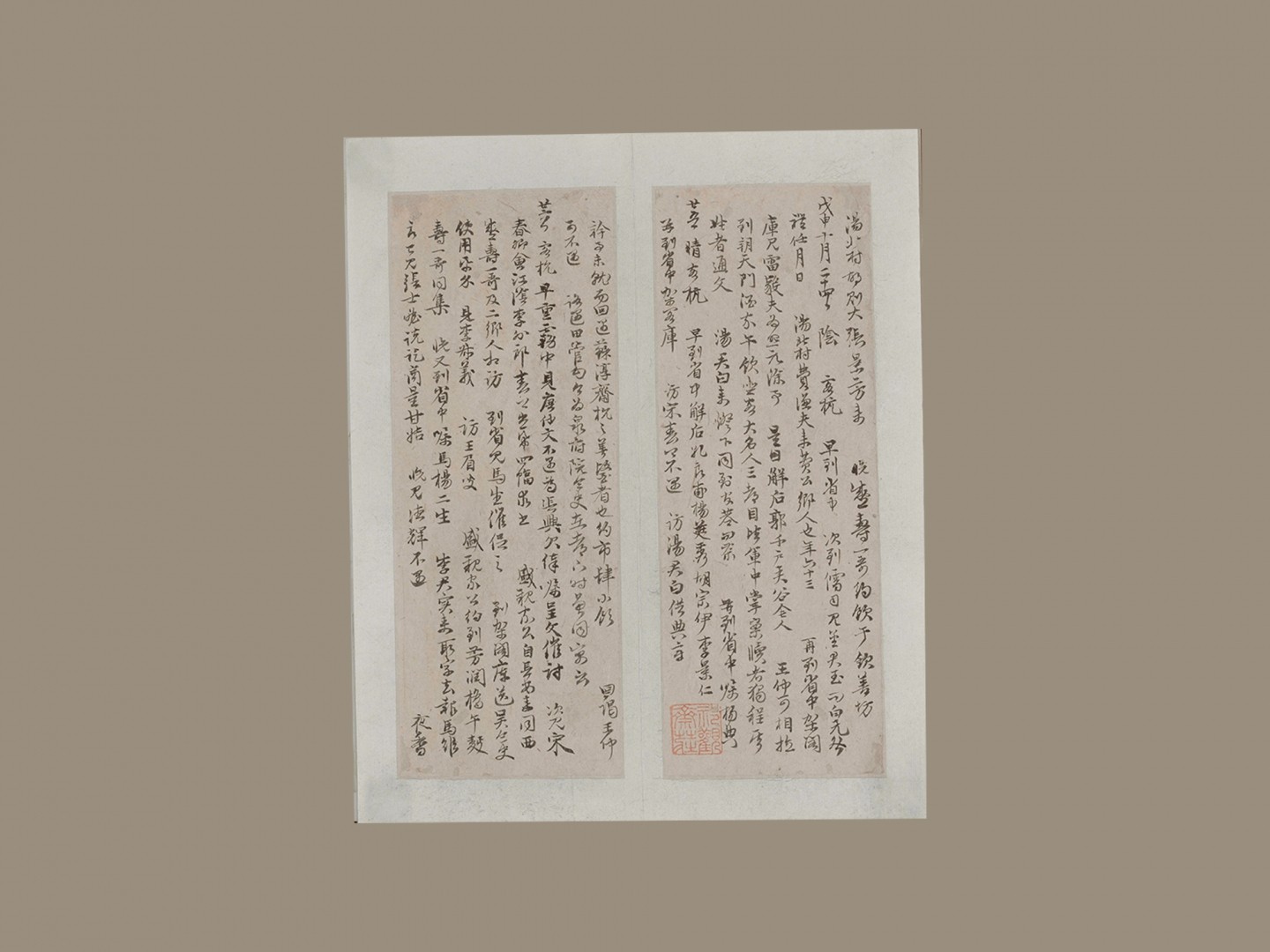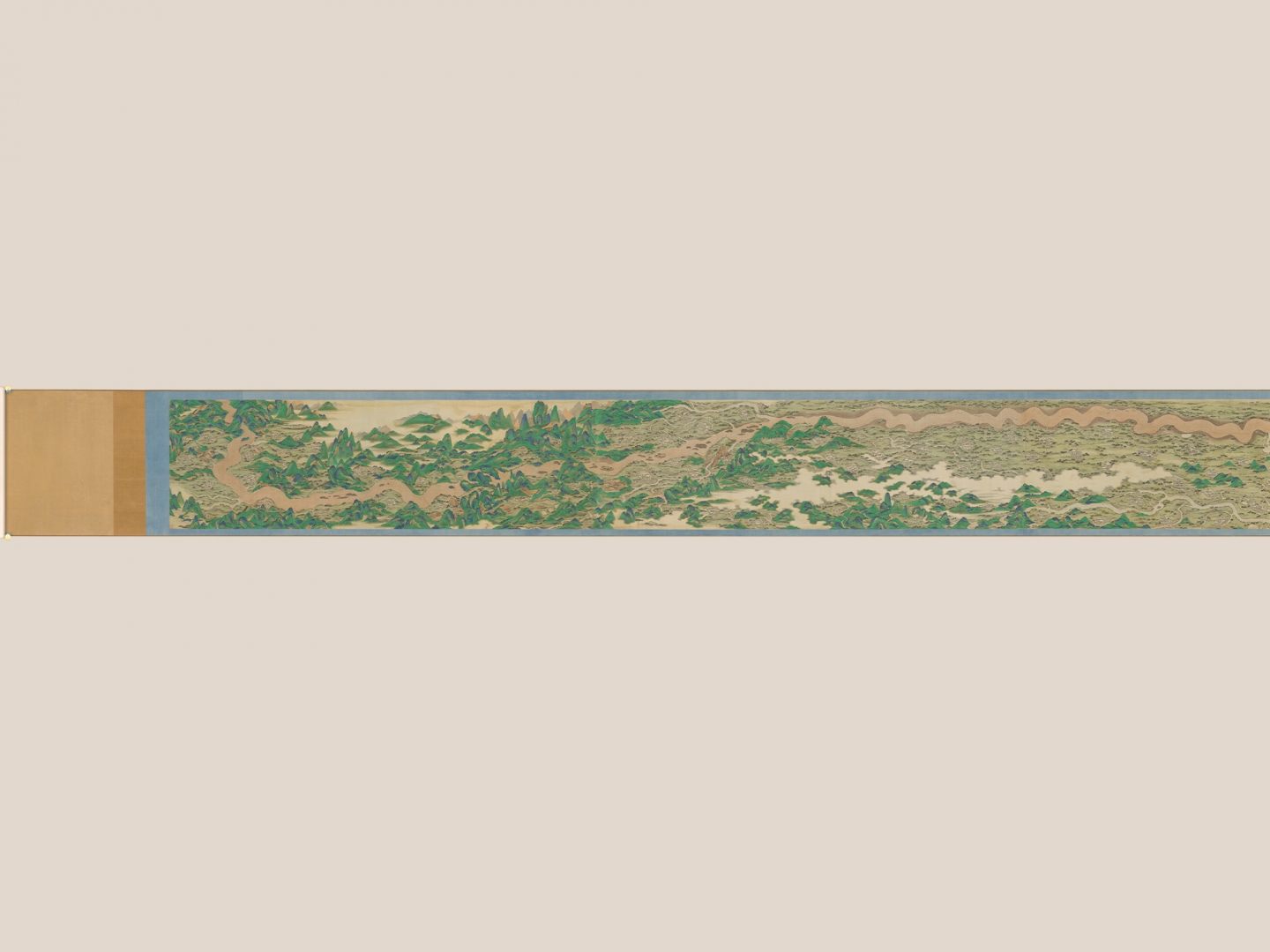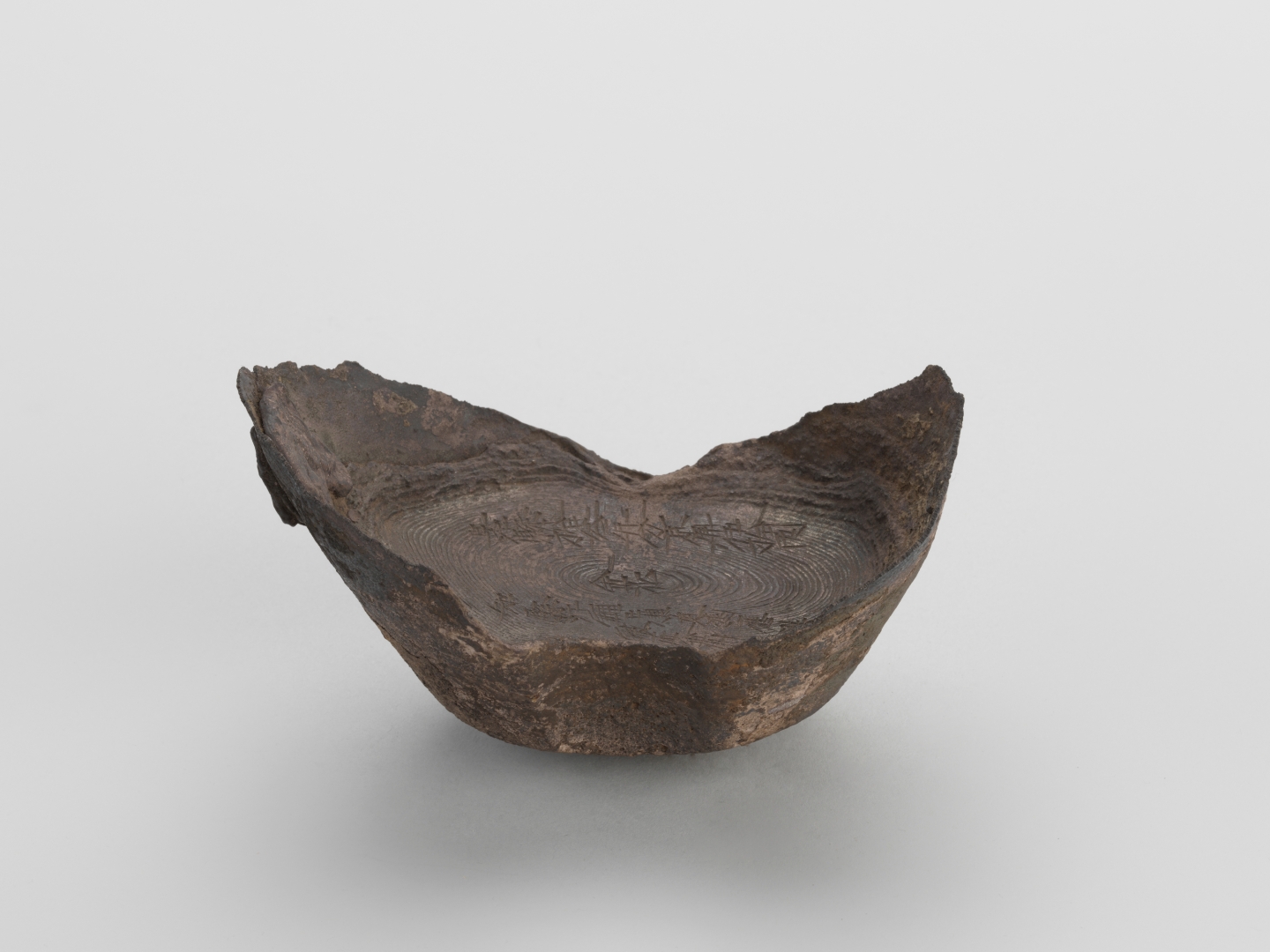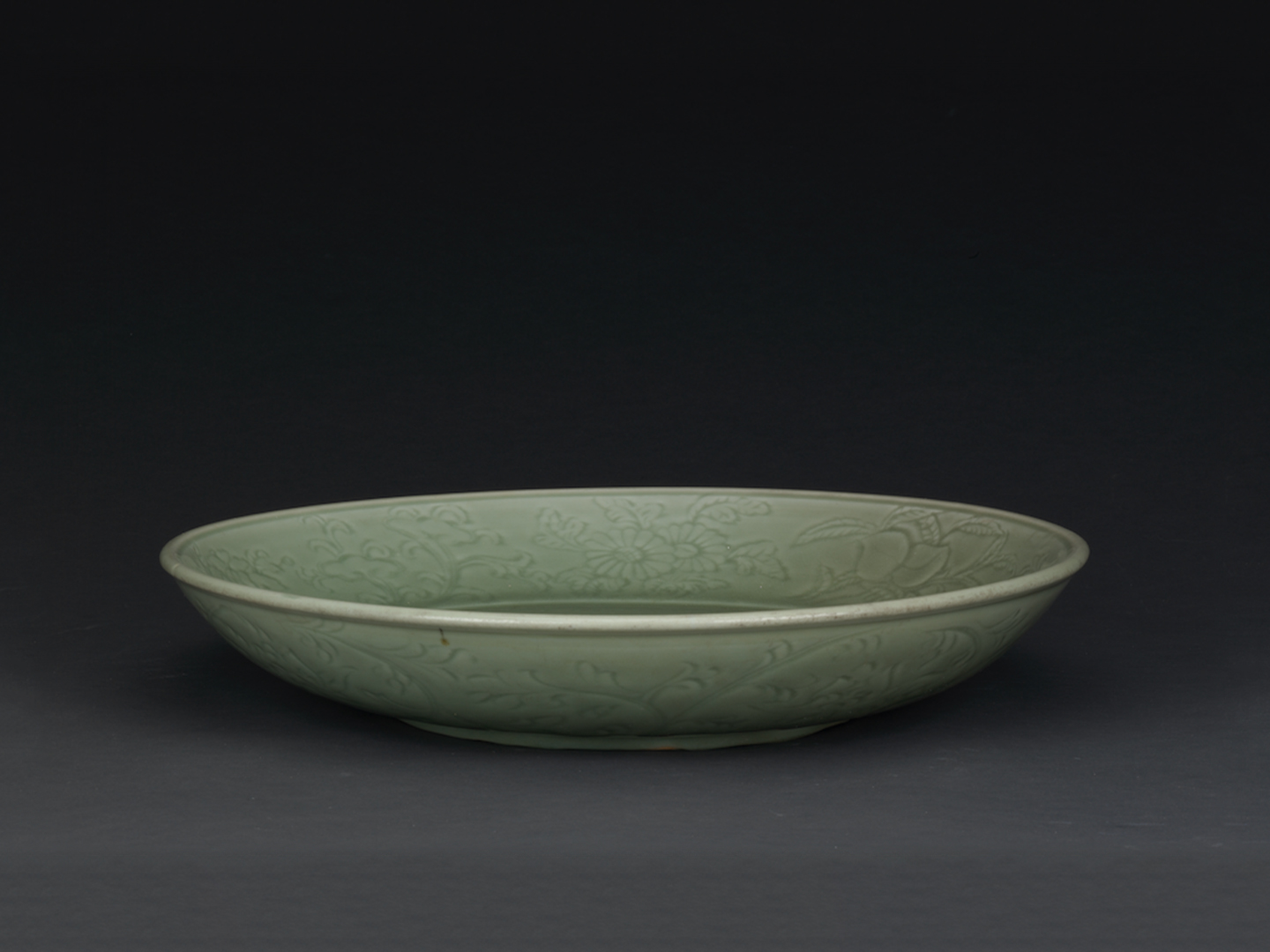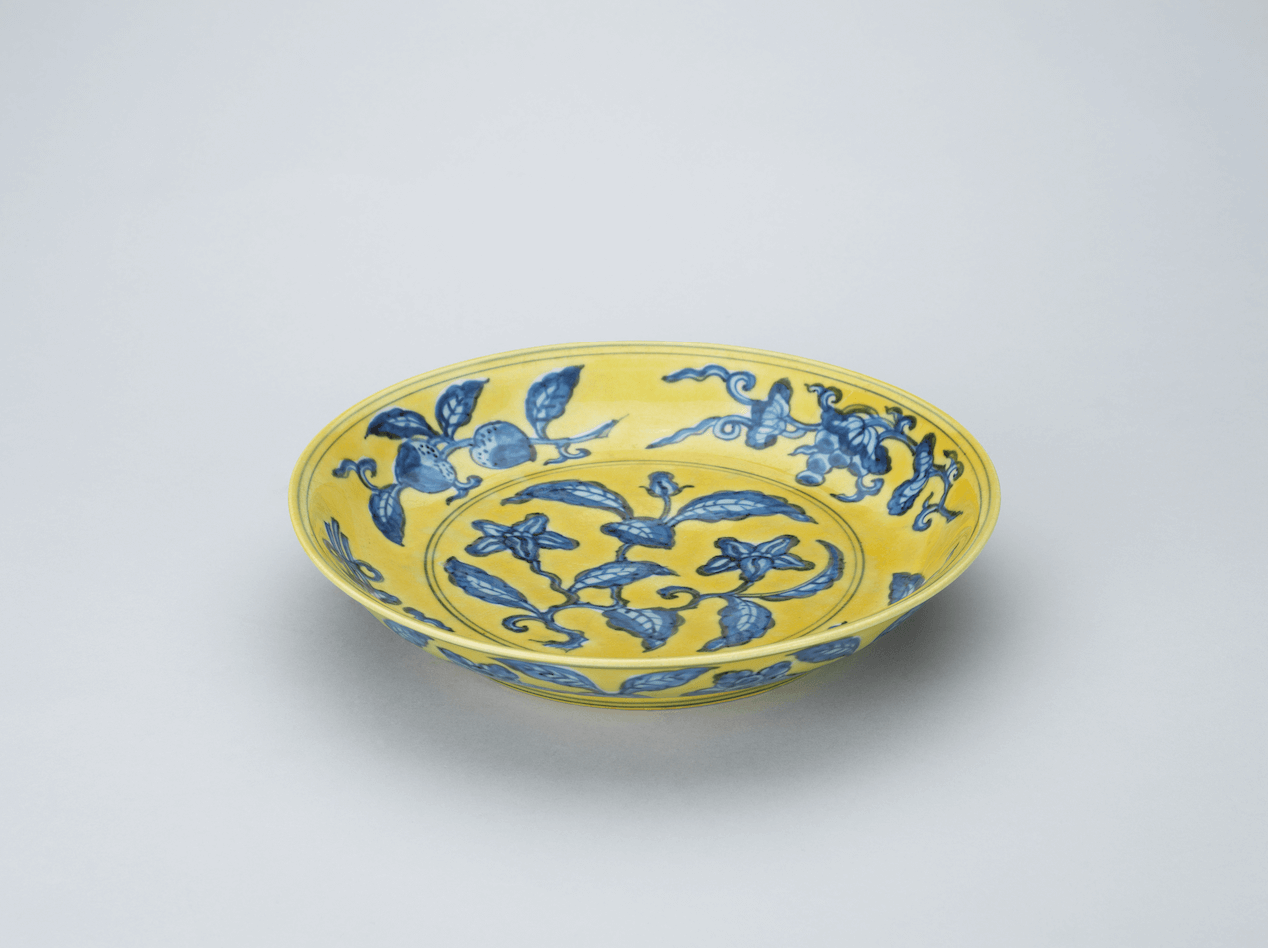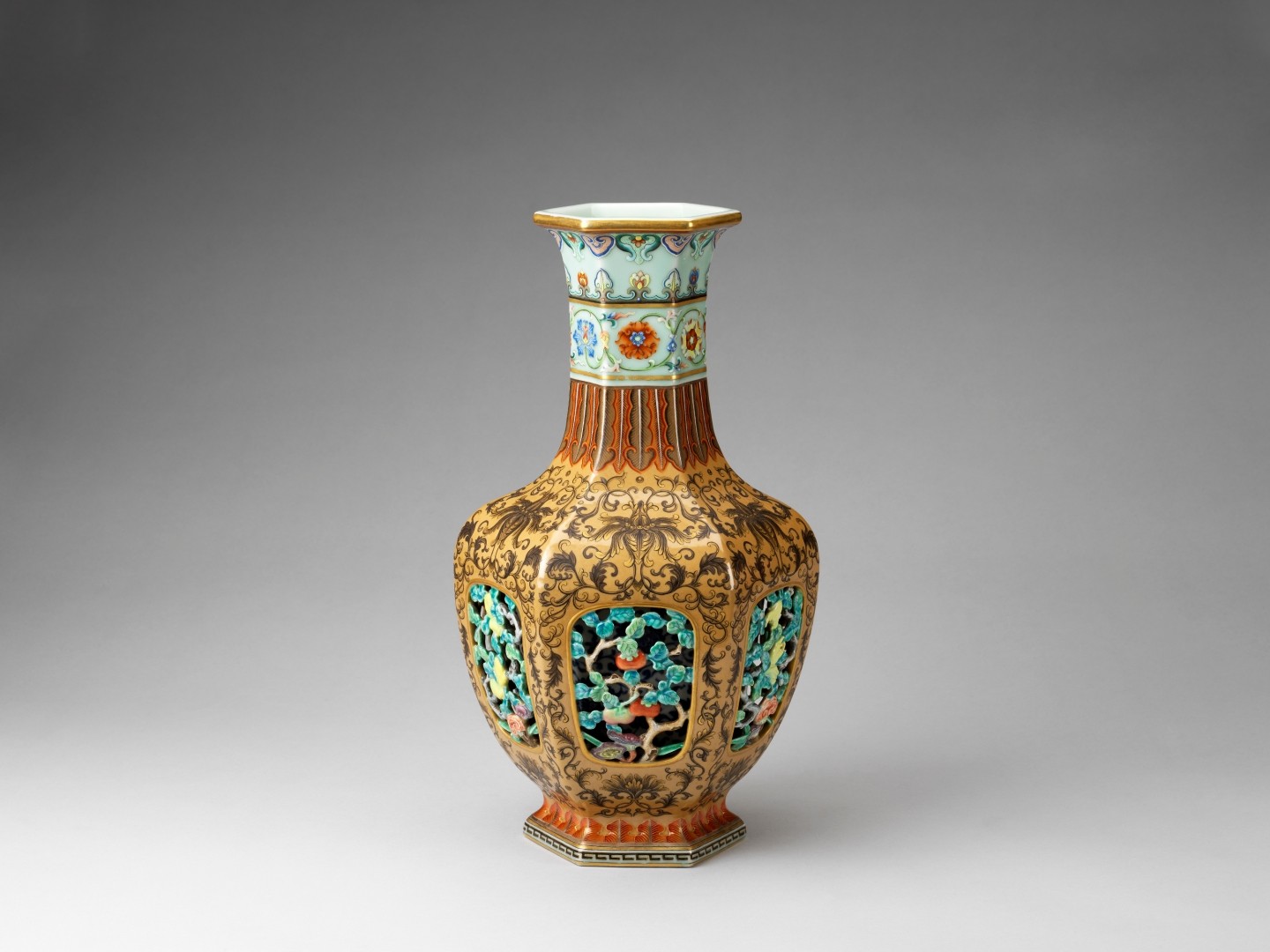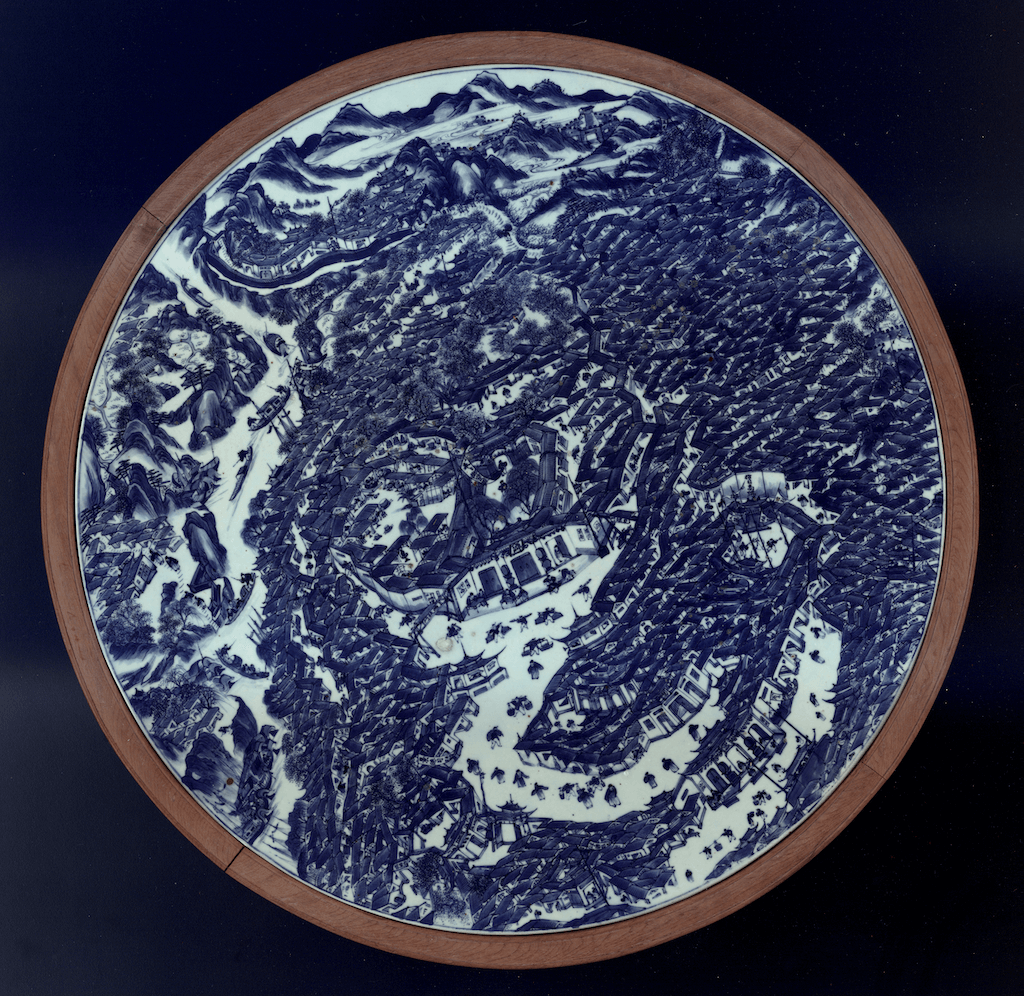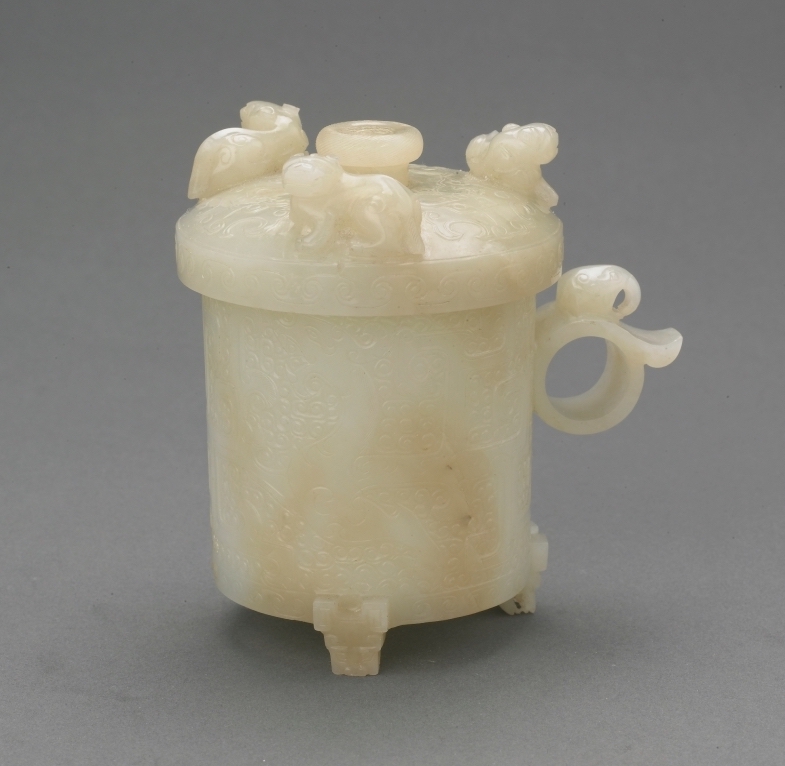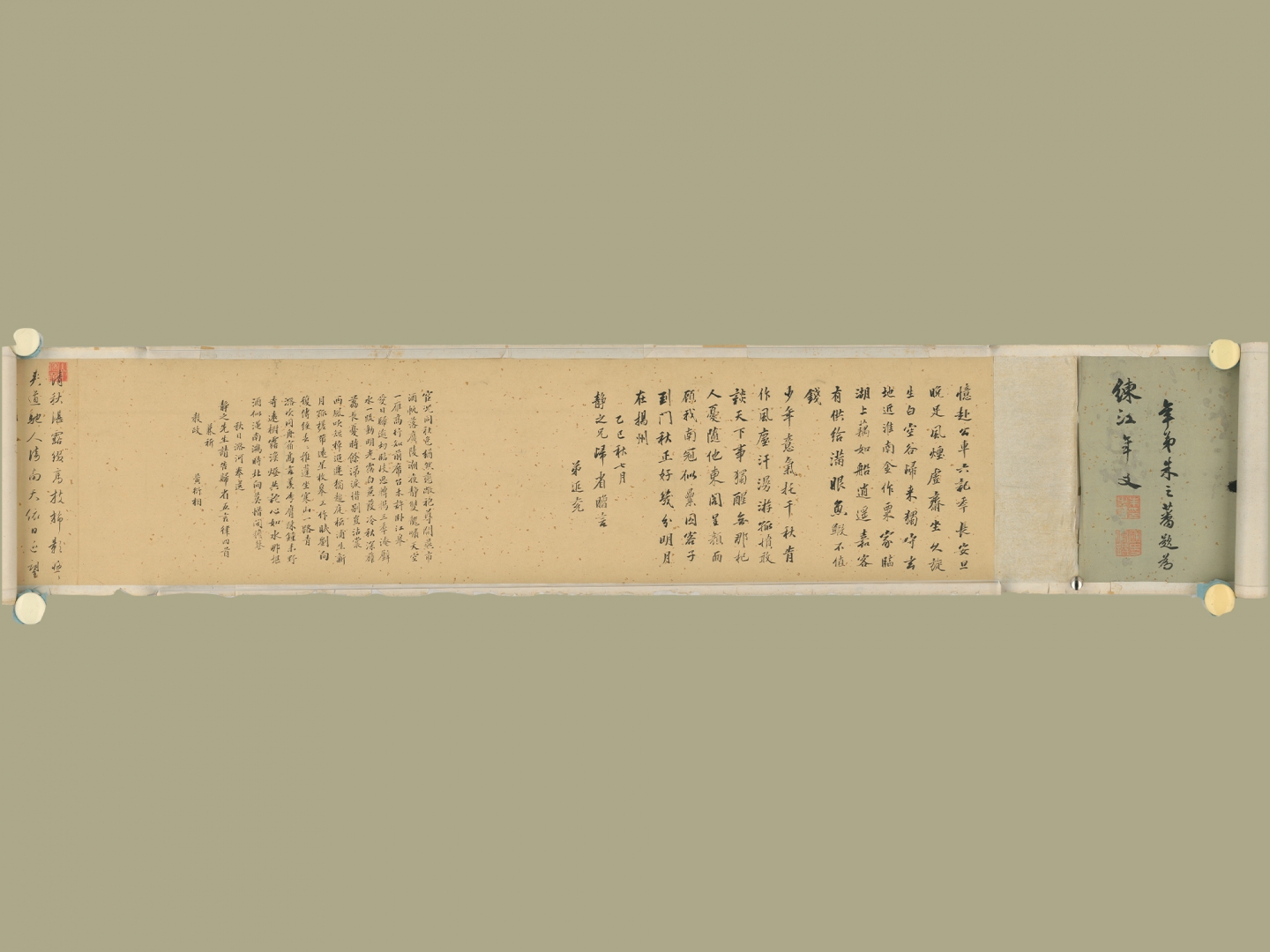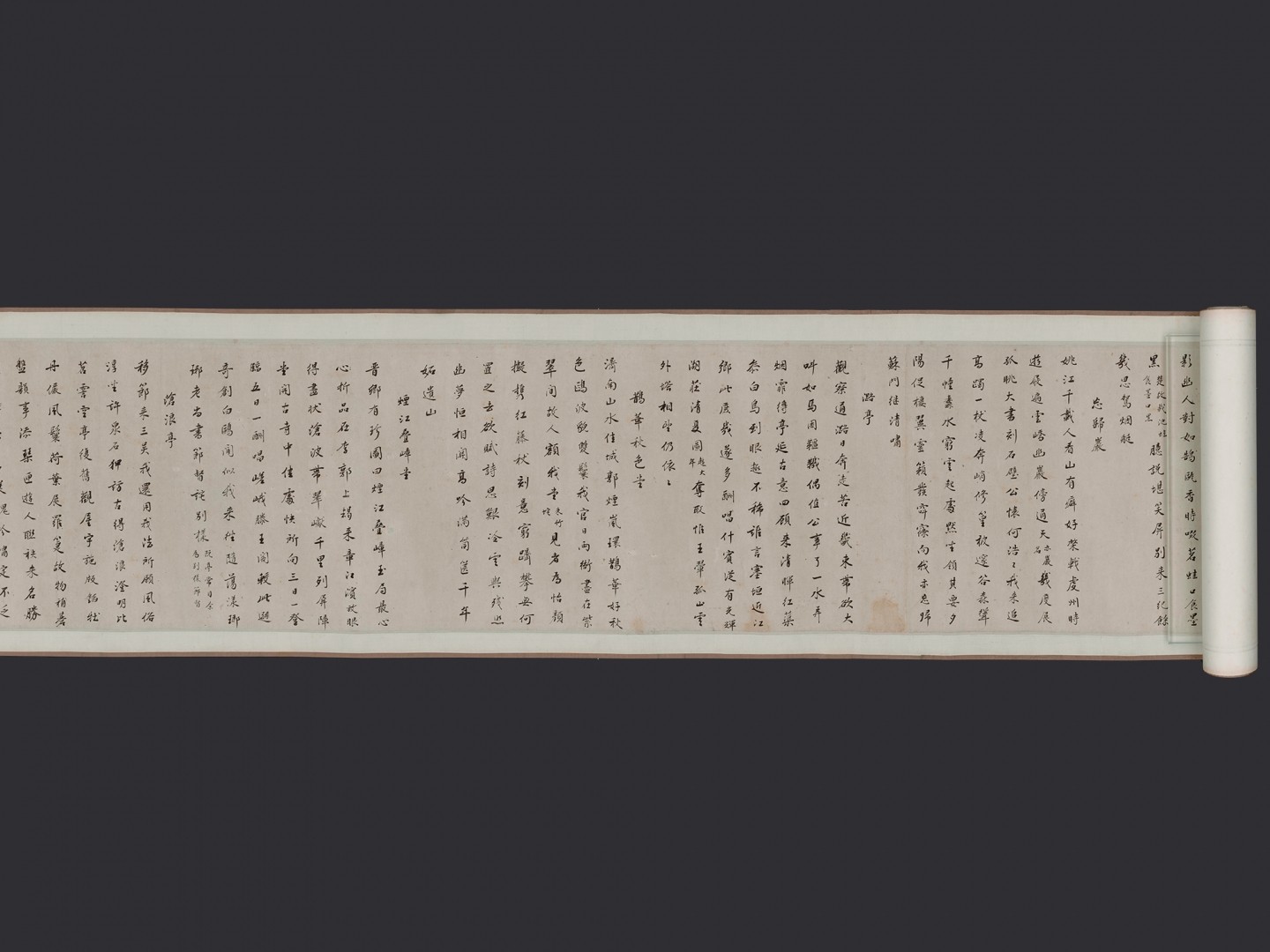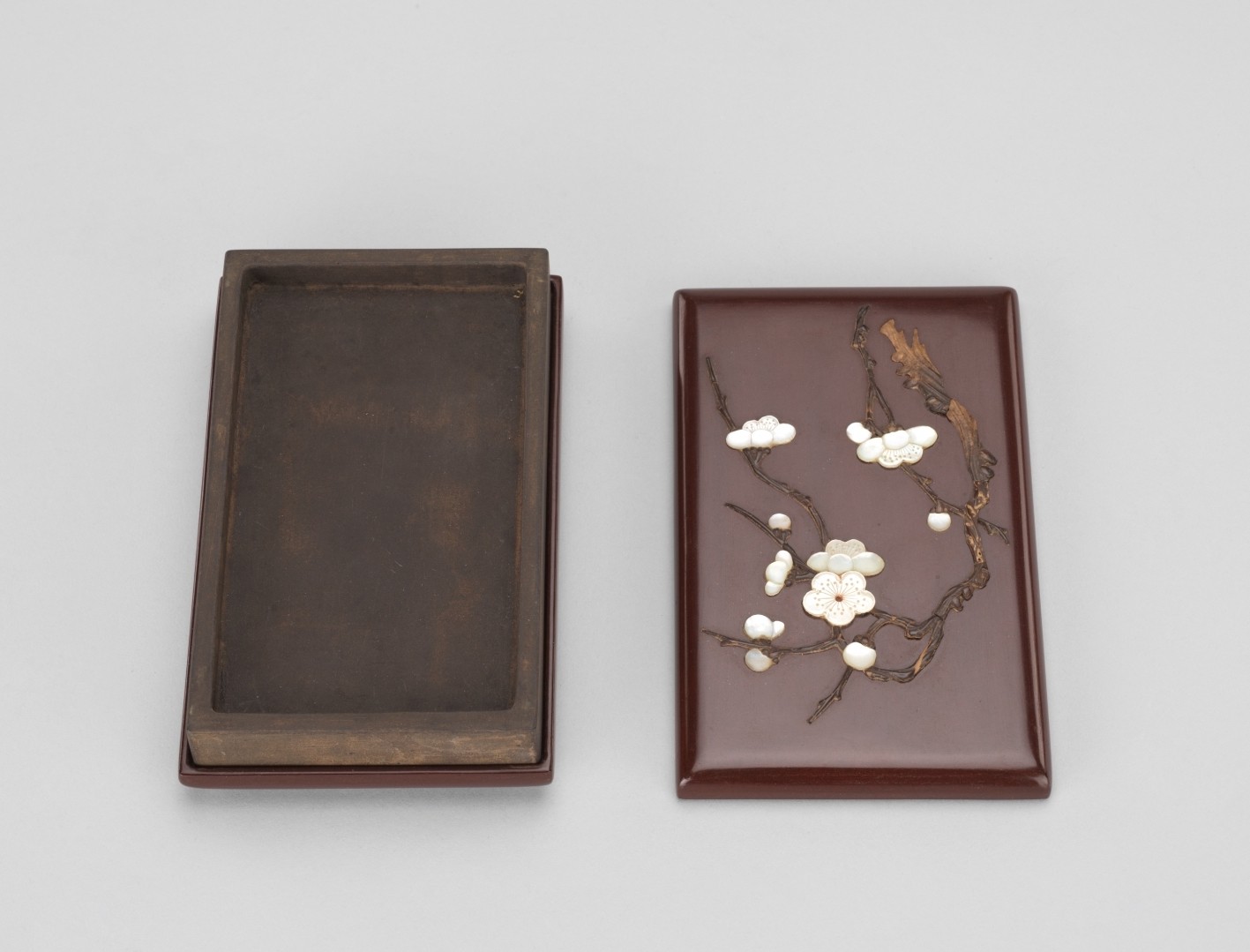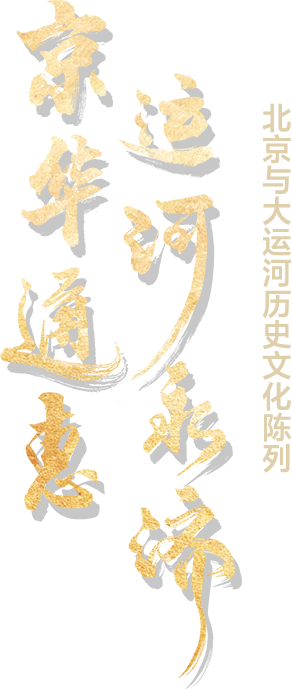
Comprising the Beijing-Hangzhou Grand Canal, the Sui - Tang Grand Canal, and the Eastern Zhejiang Canal, the Grand Canal connects the Hai River, the Yellow River, the Huai River, the Yangtze River and the Qiantang River. Spanning over 2,500 years and nearly 3,200 kilometers, its is the longest and largest canal in the world. The Grand Canal has facilitated the blending of North and South China, as well as domestic and international exchanges, sustaining national unity and ethnic solidarity.
The canal has continuously nourished the ancient capital for a millennium, transforming Beijing from a northern frontier town to the national capital. It has shaped the culmination of Beijing’s urban culture. The diverse achievements of Beijing, as the nation’s foremost region, are further disseminated throughout the country via the Grand Canal, increasingly consolidating Beijing’s status as the country’s capital.
The Grand Canal is a precious heritage left to us by our ancestors. Protecting the Grand Canal is a shared responsibility of all regions along its course, with Beijing playing a leading role in its preservation. As an important city in the construction of the Grand Canal Cultural Belt and the Grand Canal National Culture Park, Beijing is actively playing a demonstrative role, contributing anew to the protection, inheritance, and utilization of the Grand Canal’s culture.
Venue: 2F, Exhibition Building (Main Building), Galleries 3-6
Unit 1
Rivers, Waterways, and The Emergence of Water Transport
Prehistoric Times to the Northern and Southern Dynasties
Approximately 700,000 BP to 581CE
Beijing is a crucial hub where the Grand Canal connects the Great Wall and the Steppes. Surrounded by mountains and rivers, the city is nestled in the “Beijing Bay”, with several major rivers meandering from northwest to southeast. From the origins of humanity to the capital of a nation, Beijing’s history is closely linked with water. Man and nature, as well as people and the city, have grown and thrived together.
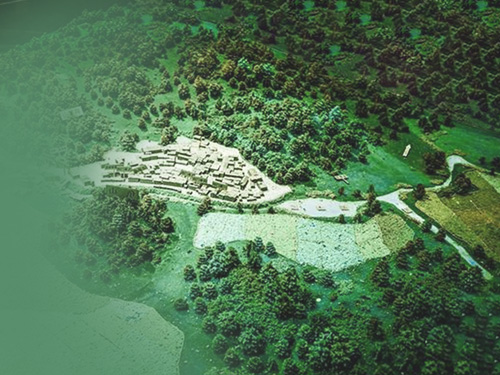
The Beginnings of Canal Transportation
More
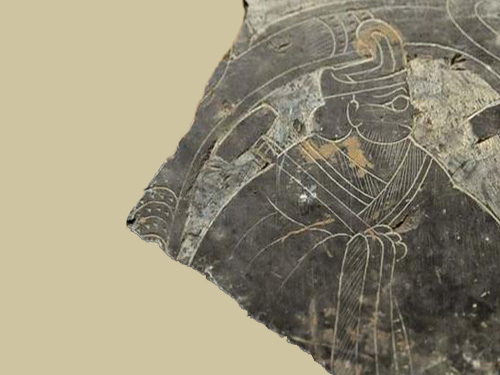
Waterways Nourishing the Plains
More
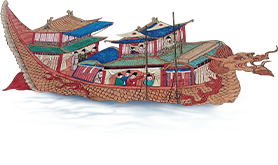
Unit 2
The Canal Connecting to Youzhou Prefecture and Promoting Diverse Integration
Sui, Tang and Five Dynasties Period
(581–960 CE)
During the Sui Dynasty, the Grand Canal was extensively excavated, forming a system that stretched from Zhuo County (modern Beijing) in the north to Mingzhou (modern Ningbo) in the south, marking the first complete linkage of the Grand Canal.
The Sui and Tang Grand Canal tightly connected the Beijing area of that time with the Central Plains and the Jianghuai region, playing a vital role in Beijing’s historical ascent as the political center of a unified multi-ethnic nation.
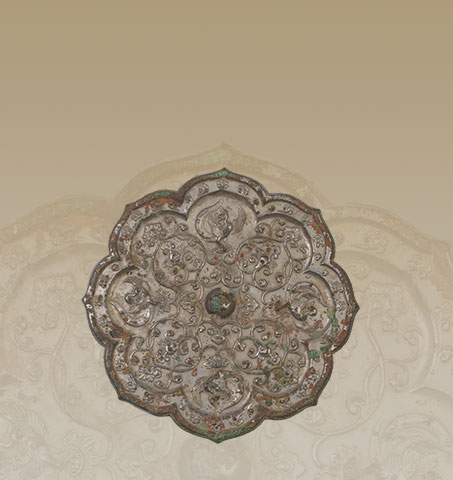
Connecting North and South
More

Military And Political Perseverance
More

The Stronghold of You Prefecture
More

Unit 3
The Founding of the Liao and Jin Dynasties, Capitals Facilitating the Prosperity of Canal Transportation
Liao, Song and Jin Dynasties
907 - 1279 CE
During the Liao, Jin, and the Northern and Southern Song Dynasties, Youzhou Prefecture evolved from a northern military stronghold into a dynastic capital. The shift of the political center led to the division of the canal into two systems, north and south. After the King of Hailing of the Jin Dynasty moved the capital to Yanjing (present-day Beijing), there was active exploration and development of the Zhongdu(present-day Beijing) Canal.
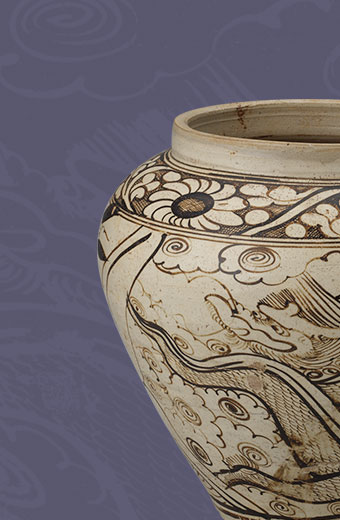
Building Capital and Developing Canal
More
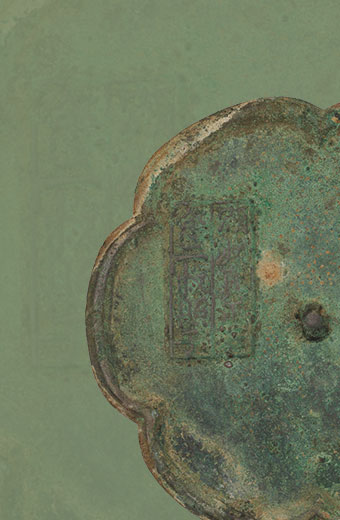
Convergence of Goods from All Directions
More
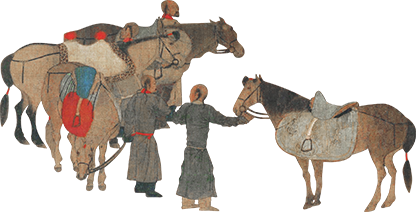
Unit 4
The Establishment of Dadu Giving Rise to the Beijing-Hangzhou Grand Canal
Yuan Dynasty
(1271-1368 )
During the Yuan Dynasty, Beijing became the capital of China. Under Kublai Khan, the Grand Canal, initially constructed during the Sui and Tang dynasties, was straightened to run directly from Hangzhou to Dadu (now Beijing), forming the basic structure of the Beijing-Hangzhou Grand Canal. The Yuan Dynasty also greatly developed maritime transportation, extending the maritime Silk Road to regions across Asia and Europe.
The construction of the Beijing-Hangzhou Grand Canal not only met the transportation needs of the capital but also facilitated extensive economic and cultural exchange between the north and the south, strengthening the connection between the political and economic centers.

Building a City Around Water
More
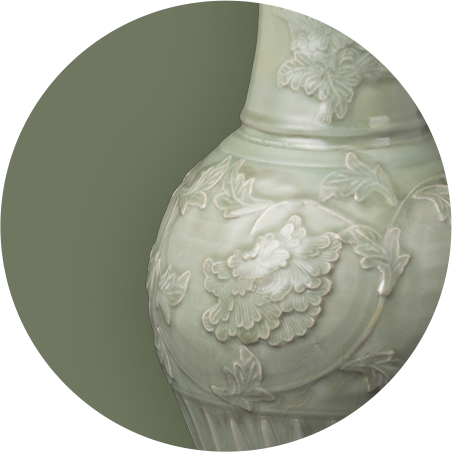
Connecting Beijing and Hangzhou
More
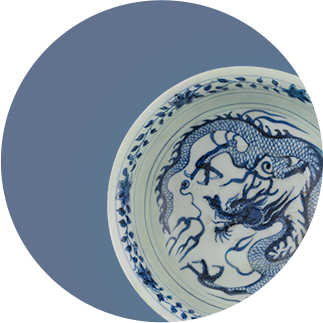
The Ambiance of Dadu
More

Unit 5
Bustling Capital Enjoying a Continuous Flow of Ships
Ming and Qing Dynasties
1368-1911
The Ming and Qing dynasties set their capitals in Beijing. The Beijing-Hangzhou Grand Canal continued to play a critical role in connecting the national political and economic centers. The canal system and grain transportation policies were future perfected, enhancing the local influence on the central government and vice versa. The cities and regional cultures along the canal flourished. The Grand Canal served significantly as a political lifeline, an economic artery, and a social catalyst.
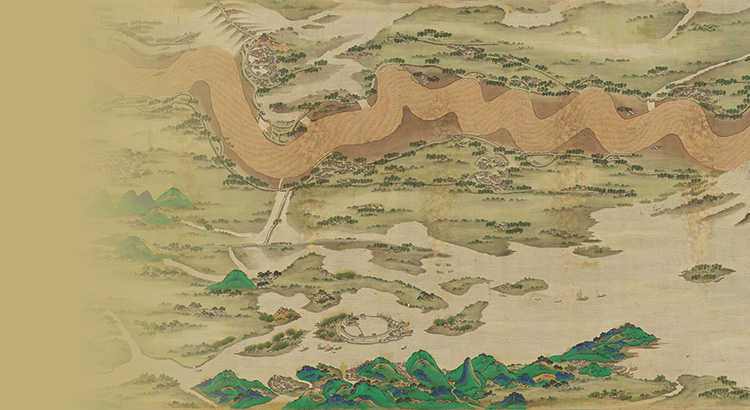
Promoting Prosperity and Stabilizing the Nation
More

Bringing Benefits to the Capital
More
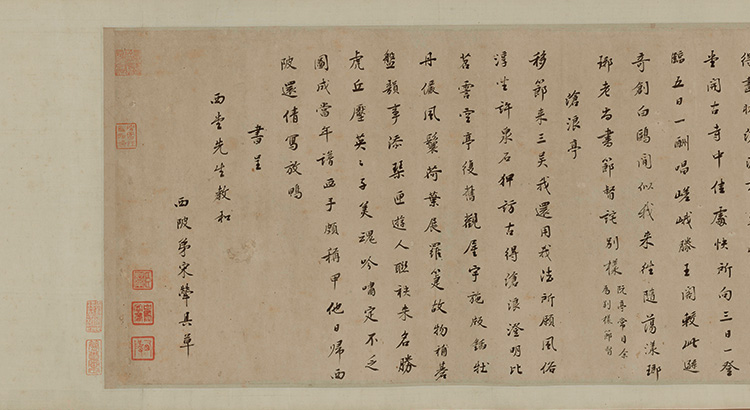
Cultural Convergence from All Directions
More
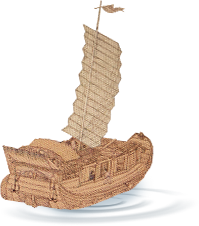

Unit 6
Transformation and Exploration of the Grain-Transportation System
Republic Period
(1912-1949)
Since the cessation of grain transportation system in the late Qing Dynasty, the canal rapidly deteriorated. Despite the emergence of numerous new technological concepts for water management and several trial solutions to its management, the actual results were often unsatisfactory.
With the development of modern urbanization, the function of the Canal system shifted from "imperial use" to "civil use."

Multiple Strategies for Canal Management
More

Urban Waterways
More

Unit 7
The Rebirth of Canal Benefiting for the Capital
People's Republic of China
(1949-2012)
After the establishment of the People’s Republic of China, great emphasis was placed on river and water management. The Grand Canal underwent comprehensive rehabilitation, essentially eliminating various water and drought disasters.
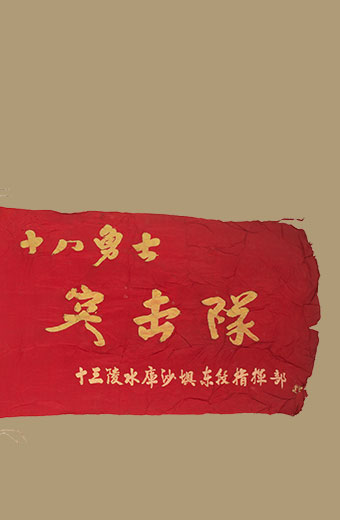
Water System Management
More

Nurturing People's Livelihood
More
Unit 8
The City and the Canal Thriving Together
People's Republic of China
(2012-2023)
Entering the new era, the Grand Canal presents itself anew to the world, promoting China’s image, showcasing Chinese civilization, and reflecting cultural confidence.
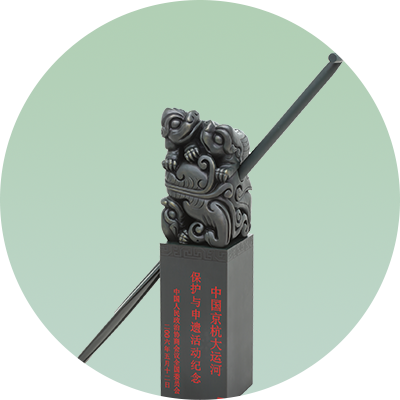
Mission of the Era
More
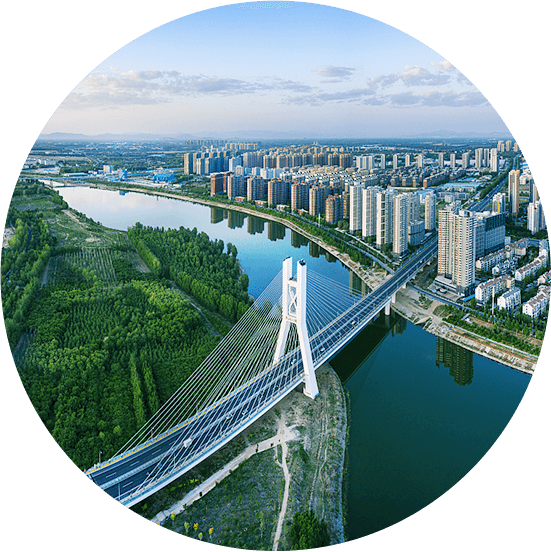
The Ancient Canal’s New Charm
More
Epilogue
The Grand Canal bears the collective nostalgia of the people, carries their shared memories, and nurtures a common spiritual homeland. Countless words cannot fully express the enduring splendor of Beijing and the Grand Canal.
Vast waters and mountains cannot sever the blood ties and friendships between Beijing and other areas along the Grand Canal.
In this new era, Beijing and the Grand Canal co-created as new chapter, heading towards the future!


